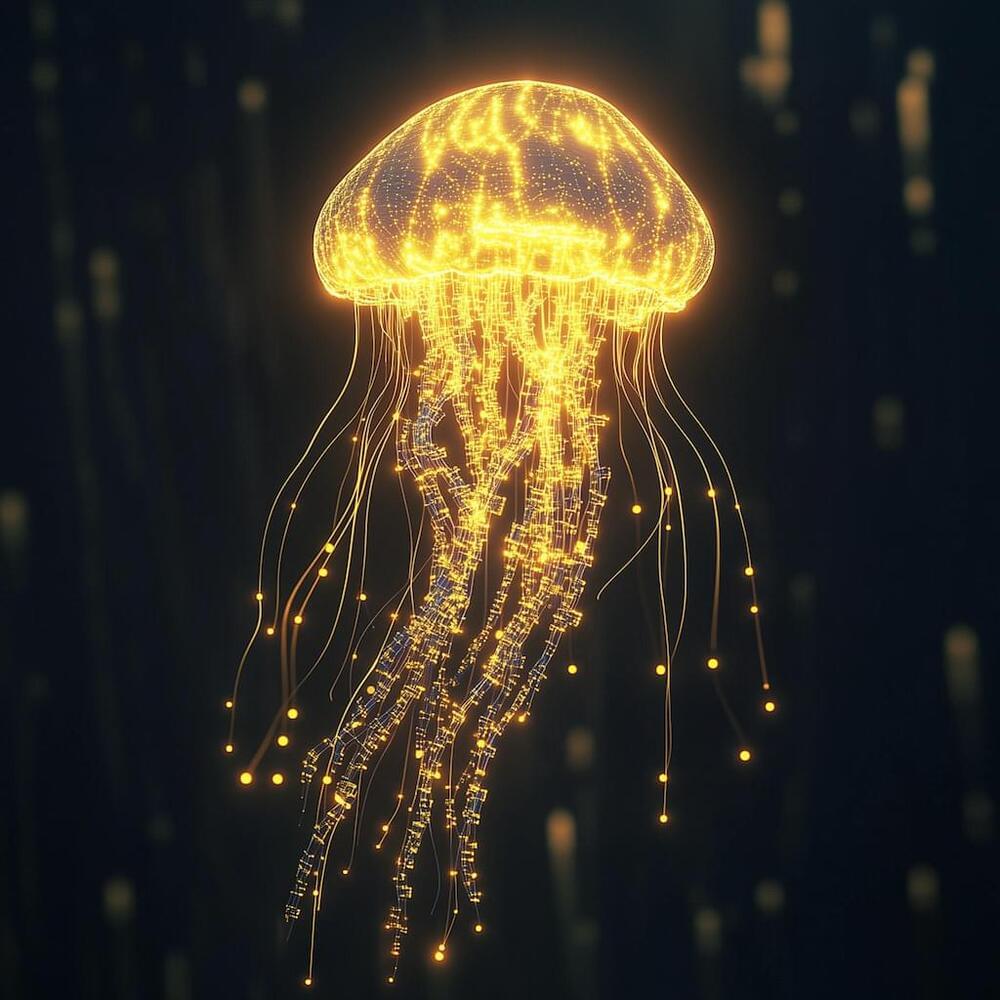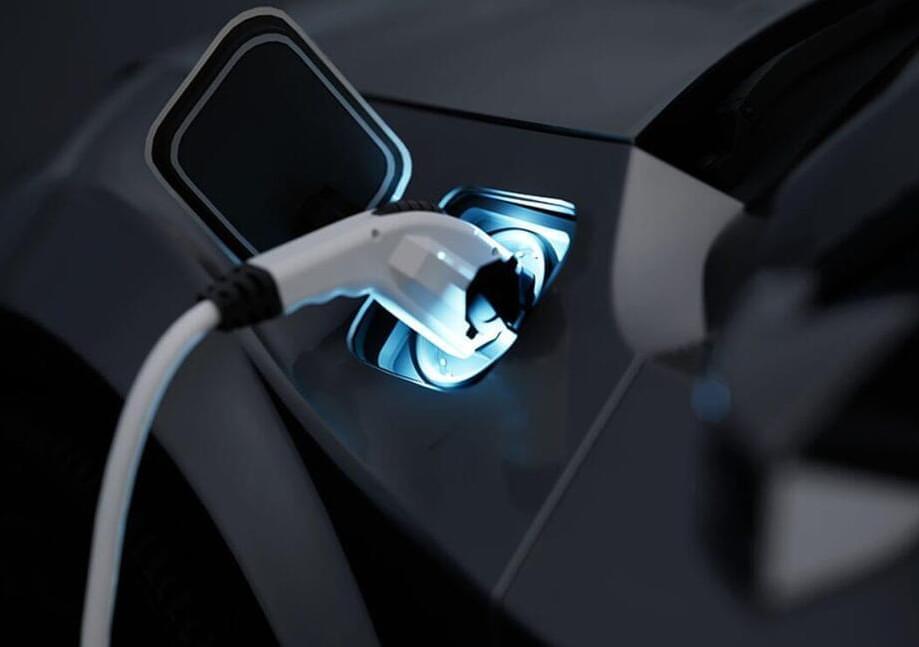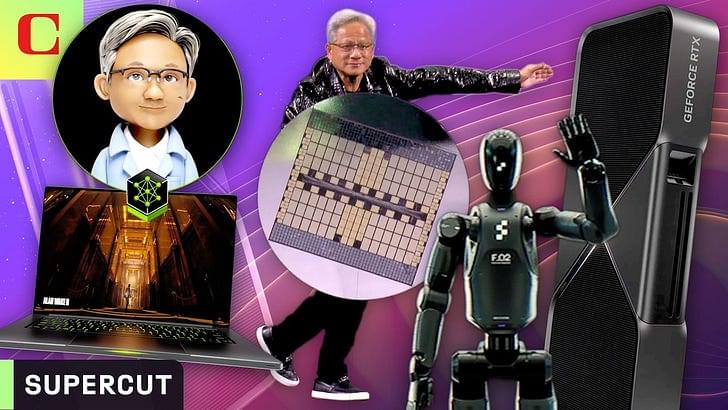While most of us are familiar with magnets from childhood games of marveling at the power of their repulsion or attraction, fewer realize the magnetic fields that surround us—and the ones inside us. Magnetic fields are not just external curiosities; they play essential roles in our bodies and beyond, influencing biological processes and technological systems alike. A recent arXiv publication from the University of Chicago’s Pritzker School of Molecular Engineering and Argonne National Laboratory highlights how magnetic fields in the body may be analyzed using quantum-enabled fluorescent proteins, with hopes of applying to cell formation or early disease detection.
Detecting subtle changes in magnetic fields may equate to beyond subtle impacts in certain fields. For instance, quantum sensors could be applied to the detection of electromagnetic anomalies in data centers, potentially revealing evidence of malicious tampering. Similarly, they might be used to study changes in the brain’s electromagnetic signals, offering insights into neurological diseases such as the onset of dementia. However, these applications demand sensors that are not only sensitive but also capable of operating reliably in real-world conditions.
Spin qubits, known for their notable sensitivity to magnetic fields, are introduced in the study as a compelling solution. Traditionally, spin qubits have been formed from nitrogen-vacancy centers in diamonds. While these systems have demonstrated remarkable precision, the diamonds’ bulky size in relation to molecules and complex surface chemistry limit their usability in biological environments. This creates a need for a more adaptable and biologically compatible sensor.








